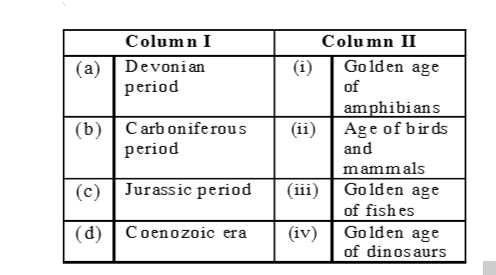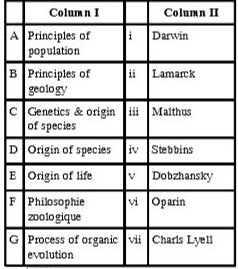Find the correct match from column I and Column II w.r.t mineral deficiency
Column -IColumn-II1.Interveinal chlorides in young leavesi.Cu2.Heart rot of sugarbeetii.Fe3.Whiptail of caulifloweriii.B4.Reclamation diseaseiv.MO
1-ii,2-iii,3-iv,4-i
1-ii,2-iii,3-I,4-iv
1-iii,2-ii,3-vi,4-i
1-iv,2-iii,3-ii,4-i
The correct Answer is:A
To solve the problem of matching the mineral deficiencies from Column I to their corresponding diseases in Column II, we will analyze each disease and identify the mineral responsible for the deficiency.
1. Identify the first disease: Interveinal chlorides in young leaves.
- This condition is characterized by yellowing of young leaves due to a lack of chlorophyll. The deficiency responsible for this symptom is iron (Fe).
- Match: 1 → ii (Fe)
2. Identify the second disease: Heart rot of sugar beet.
- Heart rot is observed in sugar beet plants where young leaves turn brownish due to a deficiency. This condition is associated with boron (B).
- Match: 2 → iii (B)
3. Identify the third disease: Whiptail of cauliflower.
- This disease occurs when cauliflower plants fail to set seeds properly, which is linked to a deficiency in molybdenum (Mo).
- Match: 3 → iv (Mo)
4. Identify the fourth disease: Reclamation disease.
- Reclamation disease results in reduced leaf surface area and stunted growth, primarily due to a deficiency of copper (Cu).
- Match: 4 → i (Cu)
Final Matches:
- 1 → ii (Fe)
- 2 → iii (B)
- 3 → iv (Mo)
- 4 → i (Cu)
Summary of Matches:
- Interveinal chlorides in young leaves → Iron (Fe)
- Heart rot of sugar beet → Boron (B)
- Whiptail of cauliflower → Molybdenum (Mo)
- Reclamation disease → Copper (Cu)
- This condition is characterized by yellowing of young leaves due to a lack of chlorophyll. The deficiency responsible for this symptom is iron (Fe).
- Match: 1 → ii (Fe)
- Heart rot is observed in sugar beet plants where young leaves turn brownish due to a deficiency. This condition is associated with boron (B).
- Match: 2 → iii (B)
- This disease occurs when cauliflower plants fail to set seeds properly, which is linked to a deficiency in molybdenum (Mo).
- Match: 3 → iv (Mo)
- Reclamation disease results in reduced leaf surface area and stunted growth, primarily due to a deficiency of copper (Cu).
- Match: 4 → i (Cu)
- 1 → ii (Fe)
- 2 → iii (B)
- 3 → iv (Mo)
- 4 → i (Cu)
- Interveinal chlorides in young leaves → Iron (Fe)
- Heart rot of sugar beet → Boron (B)
- Whiptail of cauliflower → Molybdenum (Mo)
- Reclamation disease → Copper (Cu)
Similar Questions
Knowledge Check
- Question 1 - Select One
Identify the correct match from column I and column II
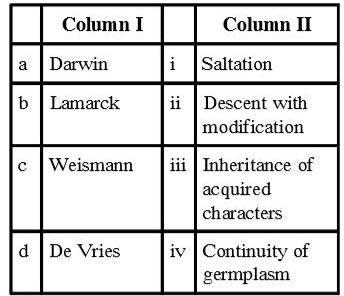 Aa-i, b-ii, c-iii, d-ivBa-ii, b-iii, c-iv, d-iCa-iii, b-i, c-iv, d-iiDa-iv, b-ii, c-iii, d-i
Aa-i, b-ii, c-iii, d-ivBa-ii, b-iii, c-iv, d-iCa-iii, b-i, c-iv, d-iiDa-iv, b-ii, c-iii, d-i - Question 2 - Select One
Identify the correct match from column I and column II:
 AabcdeiiiiviiivBabcdeviiiiviiiCabcdeiiiiiivivDabcdeviviiiIii
AabcdeiiiiviiivBabcdeviiiiviiiCabcdeiiiiiivivDabcdeviviiiIii - Question 3 - Select One
Identify the correct match from column I and column II:
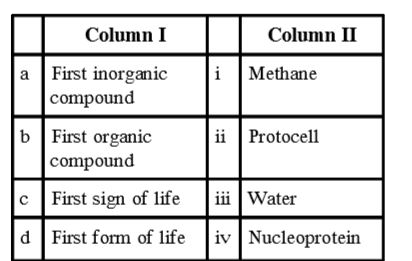 Aa-i, b-ii, c-iii, d-ivBa-ii, b-iii, c-iv, d-iCa-iii, b-i, c-iv, d-iiDa-iv, b-ii, c-iii, d-i
Aa-i, b-ii, c-iii, d-ivBa-ii, b-iii, c-iv, d-iCa-iii, b-i, c-iv, d-iiDa-iv, b-ii, c-iii, d-i
Identify the correct match from column I and column II:
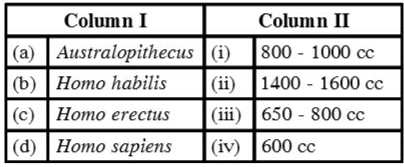 View Solution
View SolutionMatch the Column I and Column II.,B
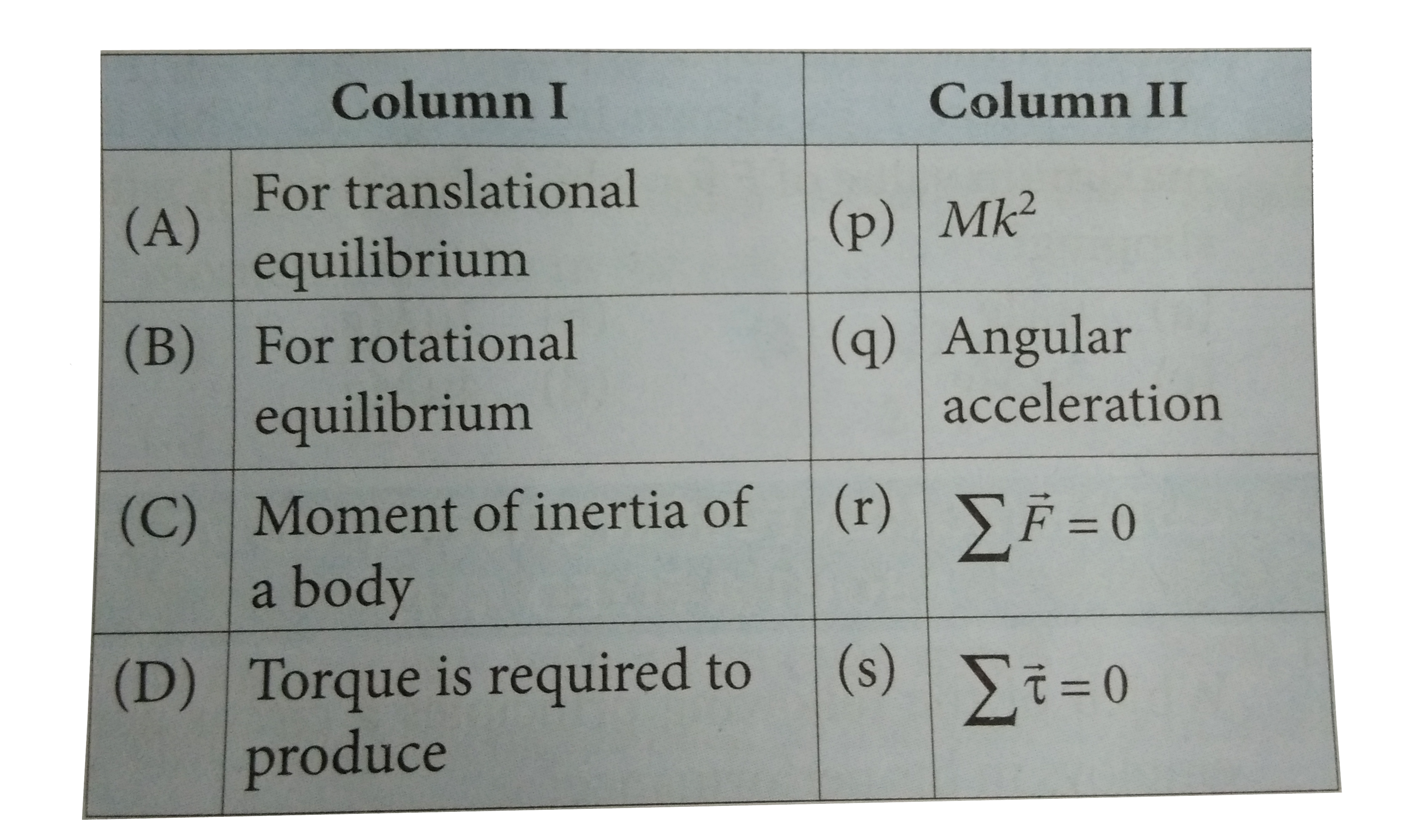 View Solution
View SolutionIdentify the correct match from column-I and column-II :-
 View Solution
View SolutionCorrect match column -I with column-II :

 View Solution
View SolutionIdentify the correct match the column I, II and III :-
 View Solution
View Solution


